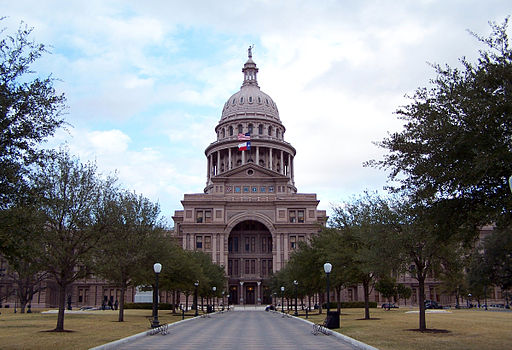Author: Sanne Roeven
-
Colorado Independent Legislative Redistricting Commission releases first set of staff drawn maps

The Colorado Independent Legislative Redistricting Commission released its first set of staff-drawn maps for the state House and Senate on Sept. 13. The commission had released an initial set of proposed maps in June before the US Census Bureau released block-level population data in August. On Aug. 13, the commission adopted a new redistricting schedule…
-
Illinois legislature approves new legislative maps in special session

The Illinois House and Senate approved new state legislative boundaries on Aug. 31 during a special session. The maps, which passed 73-43 in the state House, and 40-17 in the state Senate, revised legislative redistricting plans enacted in June. The legislature approved maps in June in order to meet the state constitution’s June 30 deadline…
-
Illinois Redistricting Update: Special session to be held on Aug. 31, motion for summary judgment filed

The Illinois House and Senate Redistricting Committees will hold special sessions on Aug. 31 to “amend the legislative map enacted in June to incorporate the latest Census data.” Lawmakers are holding public hearings ahead of the special session from Aug. 26-29. The special session is coming after the release of 2020 census data on Aug.…
-
Ten states to count prison inmates who are state residents in their pre-incarceration districts for redistricting this year

Eleven states have passed policies since 2010 requiring redistricting authorities to count prison inmates who are state residents at their pre-incarceration address, rather than in the community where their detention facility is located. Those policies will be in effect in ten states in the current redistricting cycle, while Illinois’ policy will not go into effect…
-
The latest redistricting news from New Jersey, New Mexico, and Wisconsin

In this week’s Redistricting Review, we cover news out of New Jersey, New Mexico, and Wisconsin. New Jersey: On July 20,New Jersey Supreme Court Chief Justice Stuart Rabner asked Democrats and Republicans to reconvene and pick a consensus candidate for the 13th member of the state’s congressional redistricting commission. According to state law, the majority…
-
Assessing the vulnerability of the Democratic trifectas in New Jersey and Virginia

Gubernatorial or state legislative elections are taking place in two states, New Jersey and Virginia, in 2021. Trifecta status is at stake in both states. A trifecta exists when one party holds the governorship, a majority in the state senate, and a majority in the state house. There are currently 38 trifectas: 23 Republican trifectas…
-
Democratic state representatives in Texas leave state ahead of expected vote on voting-related legislation

On July 12, 2021, at least 51 of the 67 Democrats in the Texas House of Representatives (the number needed to break quorum) left the state for Washington D.C. ahead of expected votes on House Bill 3 and Senate Bill 1. The bills being considered are voting-related legislation including provisions related to early voting, elections…
-
Eleven candidates running in Republican special primary for Ohio’s 15th Congressional District

Eleven candidates are running in the Republican primary to represent Ohio’s 15th Congressional District in the U.S. House of Representatives on August 3, 2021. The special general election, which will be held November 2, 2021, was called after Steve Stivers (R) resigned his seat in the House to become the President and CEO of the…
-
Roundup of lawsuits against Illinois’ newly-adopted redistricting plans

As of June 16, two lawsuits have been filed in the United States District Court for the Northern District of Illinois-Eastern Division challenging the state legislative maps signed that Illinois Governor J.B. Pritzker (D) signed into law on June 4, 2010. Both complaints focus on the Illinois Legislature’s use of data from the American Community…
-
Exploring the history of Section 230 of the Communications Decency Act of 1996

You may have heard about Section 230, but what exactly is it? Section 230 is a federal law passed as part of the Communications Decency Act of 1996 (CDA) which contains two provisions that prevent internet service providers and website companies from being held liable for most content created by users of their services, including…

